Your body is built to move. Every spinal disc and joint is designed to help you sit, stand, run and well...move! Your discs are soft enough to flex as you bend forward and back. The spinal facet joints slide as your turn and twist. The ligament-connected spinal bones keep you supported as your muscles push and pull. It’s an incredibly strong and resilient system when you stop and think about it.
New research has started to give us a glimpse at just how important movement is in our life. For example, movement of the spine has been shown to stimulate and accelerate the healing process. In fact, movement is so crucial in the healing process that even people who have spine surgery are encouraged to get up and to move as quickly as possible after surgery.
-All the bones, muscles, ligaments and joints of your spine are specially designed to support movement.
-Movement of the individual segments of your spine can affect how you heal.
-Blood flow, strength, and flexibility are all enhanced through movement.
I believe that encouraging healthy movement and activity is part of my job as your Chiropractor. If you have any questions about stretches, exercises or other ways you can pro-actively stay healthy, ask! Have you ever heard that old saying “you don’t get old then stiff, you get stiff then old?” We want to help you stay young by helping you keep your spine and body moving better!
